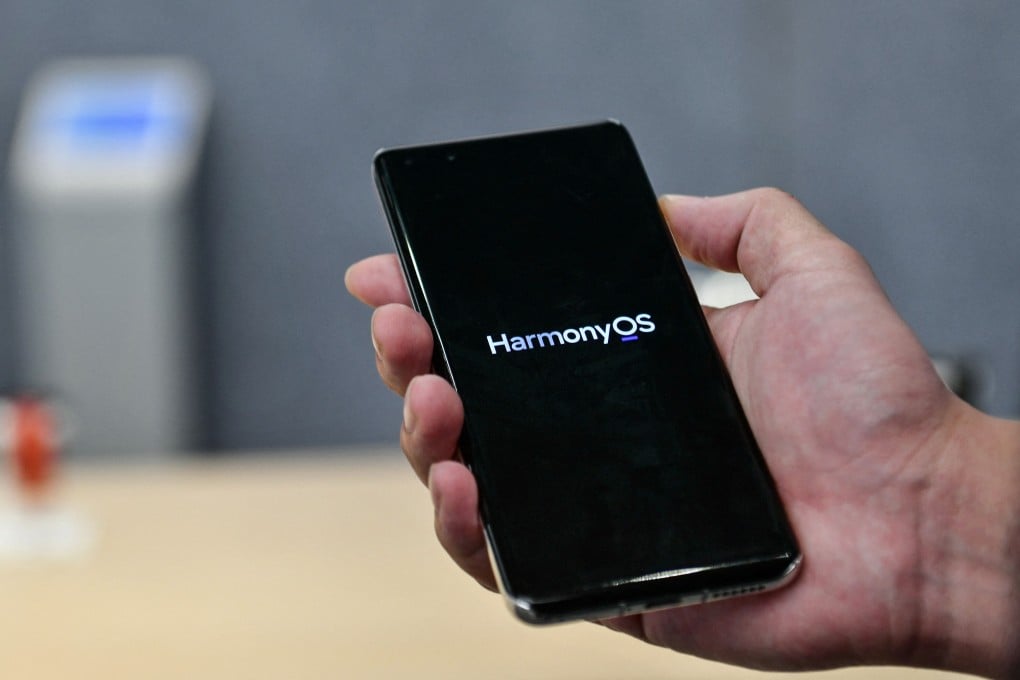Advertisement
Explainer | Will Huawei’s Harmony operating system end the global duopoly of Google’s Android and Apple’s iOS?
- Huawei’s HarmonyOS is designed for the Internet-of-Things era, with the ability to run on everything from smartphones and tablets to home appliances
- The Chinese tech giant has been working on its own OS since 2012, but the project became more critical when it was blacklisted by the US in 2019
Reading Time:6 minutes
Why you can trust SCMP
14

Huawei Technologies Co’s HarmonyOS 2 has arrived, and it is set to start showing up in more smartphones, tablets, smartwatches and even home appliances.
Under pressure from US sanctions that have blocked access to Google apps and services, Huawei began transitioning last year to HarmonyOS, its own in-house operating system for Internet-of-Things (IoT) devices. The company now has numerous partners for the OS, including home appliances giant Midea, drone maker SZ DJI Technology, and Swiss watchmakers Tissot and Swatch.
However, questions abound about what exactly HarmonyOS is and whether it can compete with the Android/iOS smartphone duopoly.

03:04
Can Huawei's Harmony OS for smartphones compete with Google's Android and Apple's iOS?
Can Huawei's Harmony OS for smartphones compete with Google's Android and Apple's iOS?
Here is what you need to know:
What is HarmonyOS?
Harmony (known as Hongmeng in Chinese) is an operating system that Huawei said it has been working on since 2012, when a small group of its top executives headed by founder Ren Zhengfei held a closed-door meeting to brainstorm ideas on how to reduce its dependency on Android.
Eventually, Huawei was left without a choice: The company was blacklisted by the US in May 2019, resulting the loss of access to Google services. While the Android Open Source Project (AOSP) is still free for anyone to use, Google’s proprietary services are considered a must-have for Android devices outside China, where Huawei’s sales have floundered since the ban.
Three months after the ban, Huawei officially unveiled HarmonyOS.

Advertisement
Select Voice
Choose your listening speed
Get through articles 2x faster
1.25x
250 WPM
Slow
Average
Fast
1.25x